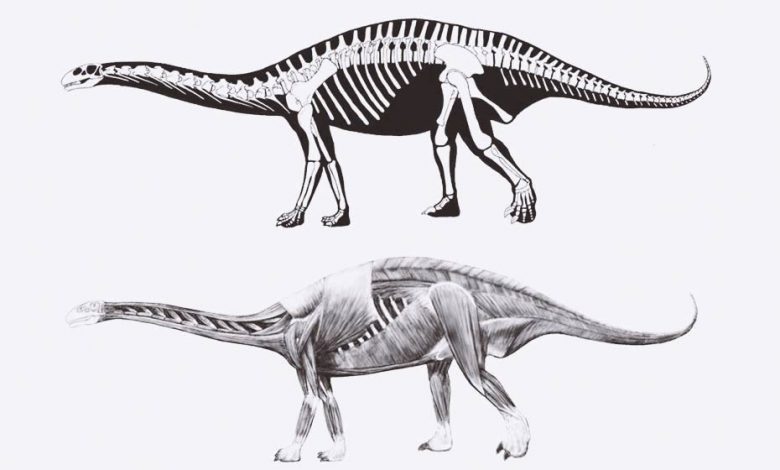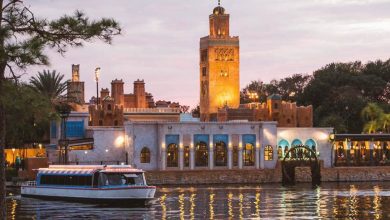
Fossilized bones date back 180 million years. This discovery is an important contribution to the knowledge of the history of dinosaurs. This discovery will enrich the universal palaeontological heritage. The bones of a dinosaur about 180 million years old have been found in Morocco. In fact, the discovery dates back to 1998, but the identification work was only recently completed.
The team of scientists composed of Moroccans, French, Swiss and Americans, who have led the work since 2000, have finally been able to establish the animal’s identity.
It is a herbivorous sauropod from the lower Jurassic. The fossilized bones of this primitive quadruped, measuring about 9 meters long, ancestor of the great brachiosaurs and diplodocus, were discovered in the locality of Tazouda (in the mountains of the High Atlas) 70 km from Ouarzazate. “An exceptional fossiliferous deposit has been discovered in this region,” said Akesbi Najat, a paleontological engineer with the Ministry of Energy and Mines, who said the clearing and gathering of bones required three years of “delicate work” to preserve the pieces and prevent their deformation.
Since its discovery by a person from the village, the site has been highly protected and guarded by local authorities. The skull bones found are the oldest known to a sauropod. The Tazouda dinosaur is said to be the ancestor of North American sauropods but 140 million years older. It has been named “Tazoudasaurus Naïmi”. According to Philipe Tacquet, a paleontologist at the Museum of Natural History in Paris, “Tazoudasaurus Naïmi is an important “reference” in the understanding of the evolution of large vertebrates, for a rather ambiguous geological era that few sites make accessible in the world”.
The animal looks like a large rhino with a very long neck and a long bifurcated tail. A mandible with 17 crenelated teeth (a fairly large number compared to other dinosaurs) has classified it as “the oldest dinosaur known in the world”. The team hopes to create a “Dinosaur Museum” in Tazouda, on this same easily accessible paleontological site, located in a mountainous landscape and close to the major tourist centers of Ouarzazate and Marrakech. “This project can indeed contribute to opening up the Tazouda region and promote the richness and great diversity of Morocco’s palaeontological heritage,” Akesbi added. The Tazoudasaurus is, twenty million years old, the eldest of the Atlasaurus discovered in this same region of the Moroccan High Atlas a few years ago. Atlalsaurus actually dates back to the Middle Jurassic (160 million years ago).
It should be noted that the Association for the Protection of the Geological Heritage of Morocco (APPGM) is campaigning for the creation of a “geopark” in M’goun in the High Atlas, an area with geological reserve status. According to its president, Youssef Ennadifi, the association is currently working on the identification of texts and regulations for the establishment of adequate legislation to ensure the protection and preservation of the palaeontological heritage under the auspices of UNESCO.
“The Atlantic Ocean did not exist in the secondary era. This means that North Africa and America formed a single continent, the “supercontinent”. For Philipe Tacquet, “Americans must come to Morocco, and more precisely to the Atlas to find out the origin of their diplodocus”.
The Kingdom of Morocco is a land that has not been really well explored, but everyone agrees that we will certainly find other remains, searching more systematically.








